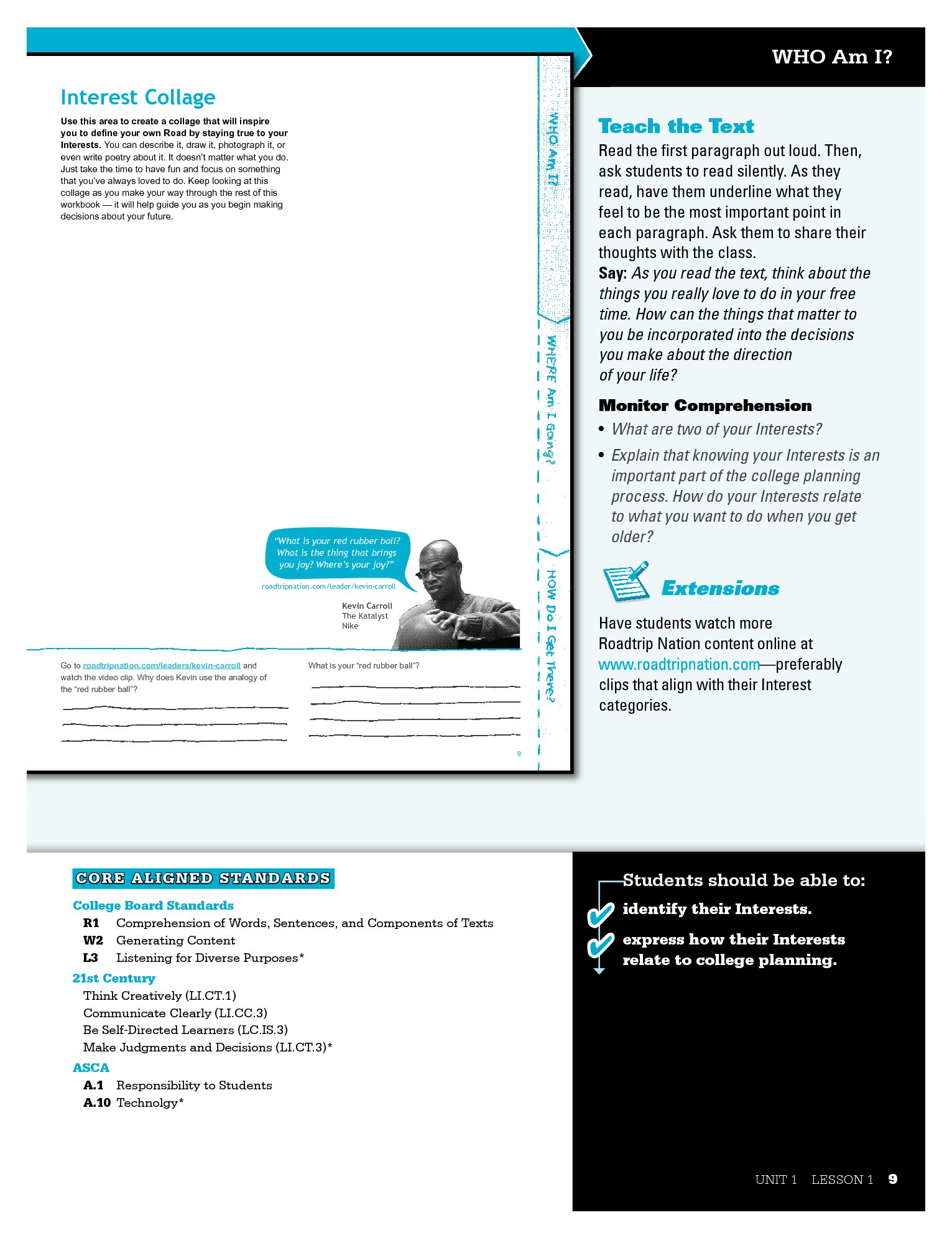- High School Credits Mr. Standring's Webware 2 Sezon
- High School Credits Mr. Standring's Webware 2 Player Games
- High School Credits Mr. Standring's Webware 2 0
- High School Credits Mr. Standring's Webware 2 Release
- High School Credits Mr. Standring's Webware 2 Hour

High School Credits Mr. Standring's Webware 2 Sezon

High School Credits Mr. Standring's Webware 2 Player Games
High School Credits Mr. Standring's Webware 2 0
High School Credits Mr. Standring's Webware 2 Release
Blackboard Web Community Manager is the online presence your district needs in order to stand out to your community and families. Web Community Manager allows parents to play an active role in their child’s success with a dashboard full of personalized student data and gives community members the chance to engage with the district by checking out news and upcoming events on a modern, mobile. Oct 23, 2020 student notes and problems biology 30 Posted By Astrid LindgrenPublishing TEXT ID 43775c24 Online PDF Ebook Epub Library the best biology o level notes compiled from all around the world at one place for your ease so you can prepare for your tests and examinations with the satisfaction that you have the best resources available. Web 2.0 tools strive to keep up with the different learning styles and lifestyles that all students must endure. As online education becomes an increasingly popular method of schooling, these tools give the affordable, instant access and plethora of knowledge needed to create an encompassing, student-driven environment. Using this module School Districts can setup forms that can filled online by the parents of new or Existing Students. This module was developed to accommodate a contact-less and safe environment adopted by schools throughout the world. For New Students, a link on main login screen will give them direct access to the configured forms. Oct 18, 2020 student notes and problems biology 30 Posted By Beatrix PotterMedia Publishing TEXT ID 43775c24 Online PDF Ebook Epub Library Hillaby Science Diploma Prep Google Sites.
Teacher TechHigh School Credits Mr. Standring's Webware 2 Hour
Engagement. This is often a promised result of technology, so I feel the need to address and defend it early on. Because the engagement of Web 2.0 is in the act of content creation, and seems to exist independent of the particular program being used or even of being in a formal learning environment, this claim seems not only reasonable but compelling. Students who continue to post to their blog or to stay involved in discussion forums during their vacations exemplify the power of Web 2.0 to engage students because of the authentic nature of the work rather than being required assignments.
Authenticity. Both having an authentic audience, and having the contributed work be authentic, argue for Web 2.0 as an active part of K-12 education. When I wrote essays in school (back in the day…), only my parents and my teachers saw what I wrote. I was, in effect, writing for “practice” with relatively little feedback. Students today are creating on the Web for very real audiences, and their writing or production has to pass a very real test: are they communicating well? Whether it is the peer audience in school which keeps their Web 2.0 programs within the “walled garden” of the school network, or it is publishing for the world, both the work and the audience are authentic.
Participation. That is, actually being a contributor to world’s body of knowledge. Previously, to pursue an educational interest as part of a larger part of one’s life work, that interest had to be within the relatively narrow confines of existing institutional structures in order to be worthy of publication or presentation–and was rarely available to students. Now, in an amazing flowering of the Chris Anderson’s “Long Tail” model (www.thelongtail.com), students (and teachers!) can find specific intellectual paths to tread where they are able to participate, say, as an historian and not as someone preparing to be an historian. A student can write a report on an historical figure, or a scientific theory, and both publish that to the web and also participate in meaningful ways with other students and adults interested in the same topic. (Think of all the historical figures and topics that might otherwise not receive much attention.) There is no good reason to keep our youth “preparing” for life until their mid-twenties when their contributions to society could be so important to both us and them much earlier.